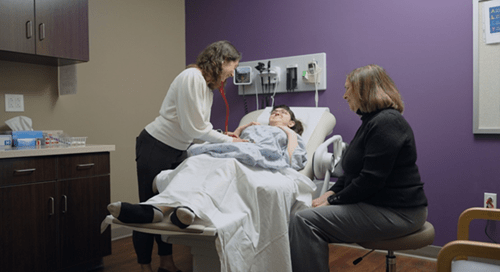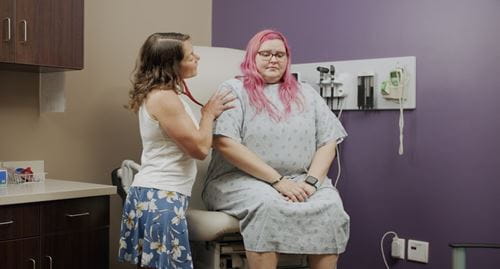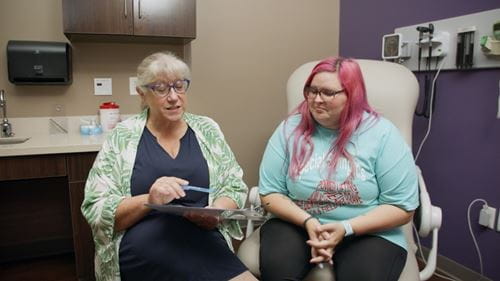This is called text to speech.
Pick one guide below and learn more.
Ask for help if you need it from someone you trust.
Video
Watch this video to learn more about why this website was made and helpful tips on how to find the info you need.
Ask for help if you need it from someone you trust.
Tap to flip the cards.
We will explore fitness and healthy habits.
Learn how to make goals and manage your own health.
We will explore what to expect at healthcare visits.
Learn how to work with your health care team and get the services you need.
We will explore different health conditions.
Learn the different kinds of common health conditions.
Tap to flip the cards.
We will explore the 6 F's of Living Life.
Learn how to work together with the people you trust to build a healthy life.
We will explore the Medical Home.
Learn why it is important to get regular healthcare, starting in primary care.
Video


